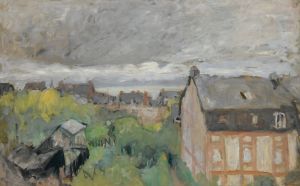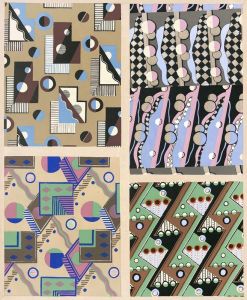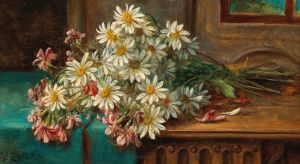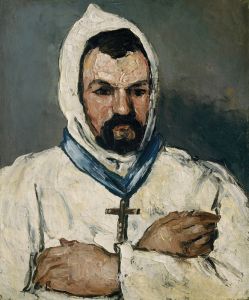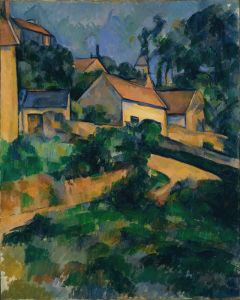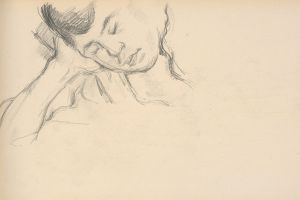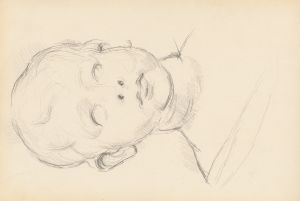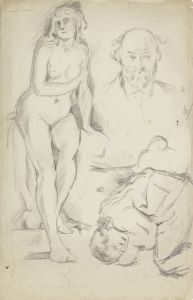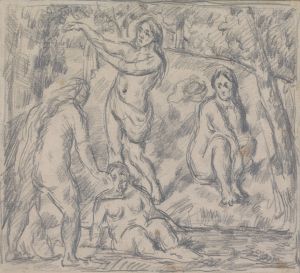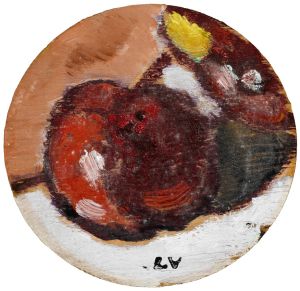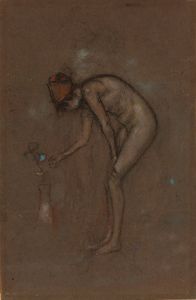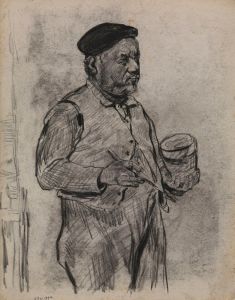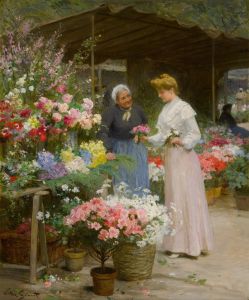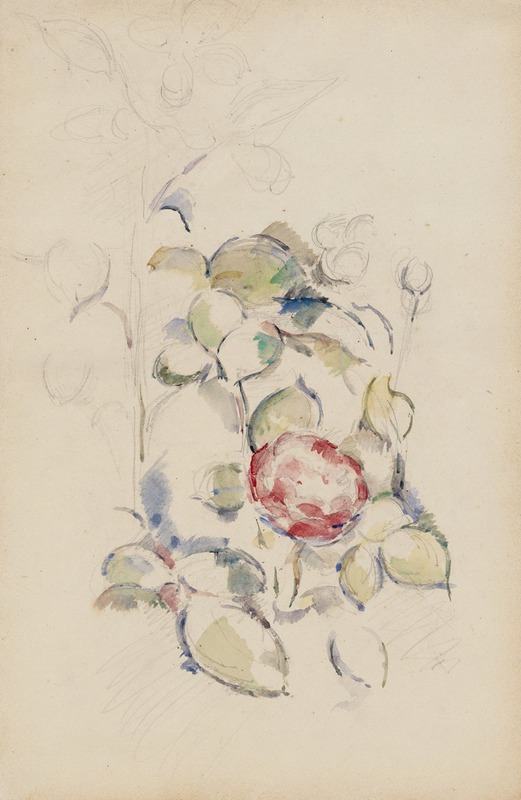
Flowers
A hand-painted replica of Paul Cézanne’s masterpiece Flowers, meticulously crafted by professional artists to capture the true essence of the original. Each piece is created with museum-quality canvas and rare mineral pigments, carefully painted by experienced artists with delicate brushstrokes and rich, layered colors to perfectly recreate the texture of the original artwork. Unlike machine-printed reproductions, this hand-painted version brings the painting to life, infused with the artist’s emotions and skill in every stroke. Whether for personal collection or home decoration, it instantly elevates the artistic atmosphere of any space.
Paul Cézanne, a French Post-Impressionist painter, is renowned for his significant contributions to the development of modern art. Among his extensive body of work, still-life paintings hold a prominent place, showcasing his innovative approach to form, color, and composition. One of his notable still-life paintings is titled Flowers. This artwork exemplifies Cézanne's mastery in capturing the essence of his subjects while experimenting with perspective and structure.
Flowers is a still-life painting that features a bouquet of flowers arranged in a vase. The composition reflects Cézanne's characteristic style, where he moves away from the traditional realism of earlier still-life painters. Instead, he focuses on the interplay of shapes, colors, and textures, creating a sense of depth and harmony. Cézanne's brushwork in this painting is deliberate and layered, emphasizing the materiality of the paint and the surface of the canvas. The flowers, though not rendered with meticulous detail, convey a vivid and dynamic presence through the use of bold colors and subtle tonal variations.
Cézanne's still-life paintings, including Flowers, were instrumental in bridging the gap between Impressionism and the emerging movements of Cubism and Fauvism. His exploration of geometric simplification and spatial relationships influenced many 20th-century artists, including Pablo Picasso and Henri Matisse. In Flowers, Cézanne's approach to perspective is particularly notable. He often employed multiple viewpoints within a single composition, challenging the traditional rules of linear perspective and creating a more dynamic and engaging visual experience.
The exact date of creation for Flowers is not definitively documented, but it is believed to have been painted during the later years of Cézanne's career, a period when he focused extensively on still-life subjects. This phase of his work is marked by a deep exploration of the formal qualities of painting, as he sought to capture the underlying structure and essence of his subjects.
Today, Flowers is recognized as an important example of Cézanne's still-life oeuvre. The painting is housed in a prominent art collection, though its specific location may vary depending on exhibitions and loans. Cézanne's work continues to be celebrated for its profound impact on the trajectory of modern art, and Flowers remains a testament to his innovative vision and enduring legacy.





